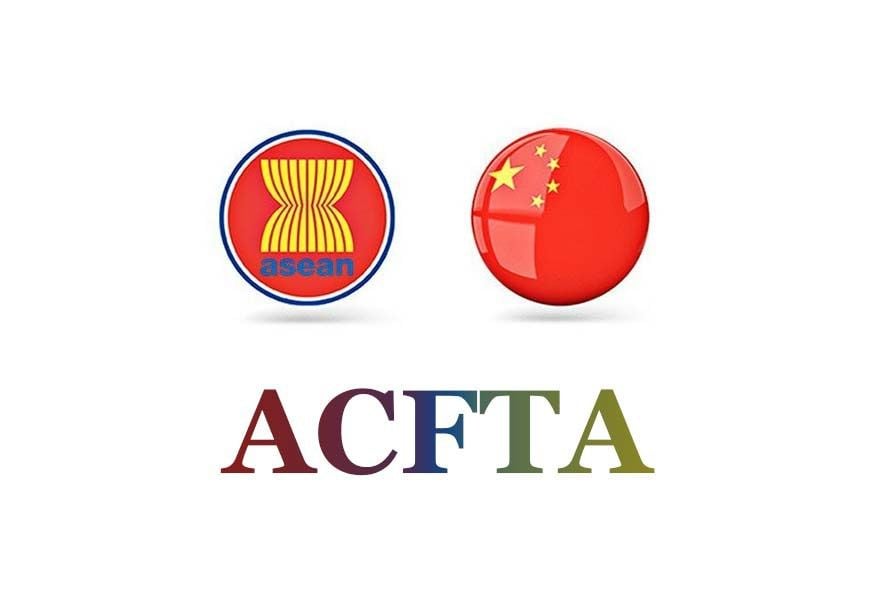When it comes to C/O, everyone knows its importance, because it not only helps businesses prove the origin of goods to state agencies but also helps them receive tax exemptions and reductions.
Every business wants to minimize the cost of goods because if all goods can use C/O, the business will make the most of it to be able to enjoy tax exemptions and reductions. However, being able to apply the C/O is quite an obstacle for businesses. Just because of a small mistake on the C/O, it is a basis for Customs to reject it and the business will not be entitled benefits of tax incentives.
Below we will mention the third-party C/O FORM E, based on our knowledge as well as through articles shared on forums, please refer to it!
The third-party C/O FORM E is the case that which the C/O has an invoice issued by a third party.
1. So what is “Third party invoice”?
In Official Dispatch 12149/BCT-XNK dated December 14, 2012, of the Ministry of Industry and Trade on third-party invoices in ACFTA, there are instructions as follows:
“Third-party invoice” is a commercial invoice issued by a company headquartered in a third country (within or outside ACFTA) or by an exporter headquartered in a party country to the ACFTA Agreement representing that company. The third country is the country/territory that issues the invoice and is not the exporting/importing country/territory.
2. When is C/O considered valid?
When it meets both requirements of third party invoice and valid C/O as required by the Customs Authority.
So C/O form E is considered valid when:
Box 1: Name, address, country of the company manufacturing the exported goods, and the Shipper in China.
Box 2: Name, address, and country of the purchasing (Importer) company in Vietnam.
Box 7: Name and country of the sales partner company between the manufacturing company in China and the importer company in Vietnam.
Box 10: Commercial invoice number between the partner company, the manufacturing company in China, and the importer’s company in Vietnam.
Box 13: Tick Third Party Invoicing.
3. So the third Invoice is valid when:
- Selling company: A third country (within or outside ACFTA) or by an exporter headquartered in a party to the ACFTA Agreement acting on behalf of that company.
- Manufacturing company: Company in China, named on C/O form E.
- Importing company: Company in Vietnam.
- Goods go directly from China to Vietnam.
- Meet third party invoices.
So what will happen if the seller and the manufacturer both belong to China?
- Sales company: Company in China
- Manufacturing company: Another company in China, named on C/O form E (Box No. 1)
- Importing company: Vietnamese company
- Goods go from China to Vietnam.
👉 This is a very controversial case, and many customs authorities rely on the definition of Third Country Invoice to refute. However, based on official dispatch No.: 2706/TCHQ-GSQL, some points of Circular 36/2010/TT-BCT, and the results of the 37th ACTNC meeting, it is clearly stated:
'' 7. Article 23. Appendix II Circular 36/2010/TT-BCT stipulates that the customs authority of the importing party accepts C/O form E in case the commercial invoice is issued by a company based in a third country.
👉 If the invoice is issued by a Chinese or ASEAN company (this company is not the exporter), it is also understood as a case of a “third party invoice''.
In this case, C/O form E still enjoys tax incentives if C/O form E meets the full requirements.



